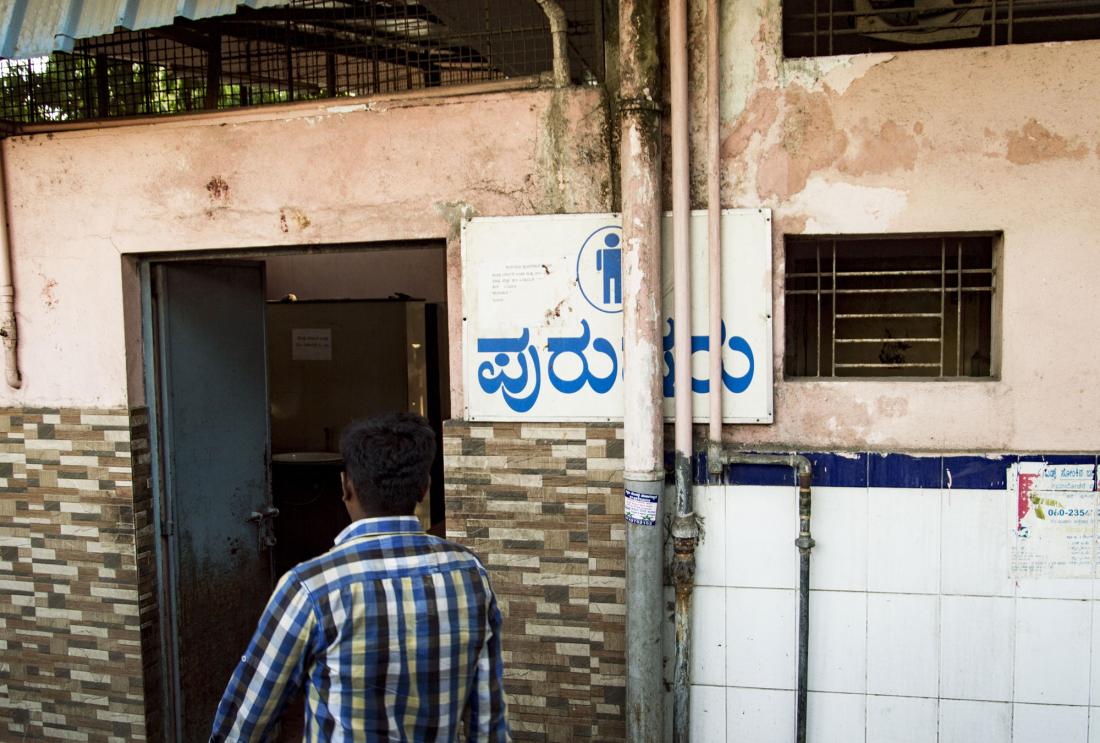Communal Sanitation Solutions for Urban Slums in Orissa, India
- Urban population
- Diarrhea
- Water, sanitation, and hygeine
- Pricing and fees
In densely populated and rapidly growing countries, severe space constraints, poor utilities infrastructure, and temporary housing construction can render private household sanitation facilities infeasible. Researchers are evaluating the effect of improving communal toilet facilities, and implementing innovative systems for facility maintenance, on the use of community toilets in Orissa, India.
Policy issue
In densely populated and rapidly growing countries, severe space constraints, poor utilities infrastructure, and temporary housing construction can render private household sanitation facilities infeasible. Improving communal toilets, which serve entire neighborhoods, may be a more feasible way to improve sanitation, health and well-being in such densely populated areas. However, these kinds of facilities face their own set of problems. Because the benefits of cleaner facilities extend beyond the individual, people may be unwilling to help with repair and maintenance. When the toilets then fall into disrepair, people often revert to open defecation, leading communal toilets to be abandoned. Can innovative systems of facility management help overcome these "collective action" problems and make communal toilets a sustainable option in urban slums?
Context of the evaluation
In the slums of Bhubaneswar and Cuttack in India, almost 45 percent of households use either public toilets, which are meant for a rotating population in commercial areas, or communal toilets, which serve a fixed residential population. However, the condition of these facilities is very poor. A preliminary survey showed that 53 percent of these toilets were either "dirty" or "very dirty", and one in six facilities was completely non-functional. Households who were dissatisfied with the cleanliness of their community' s toilets were more likely to practice open defecation, and almost 30 percent of households reported doing so. Qualitative research suggests that these poor conditions may be caused by weak systems of accountability for toilet maintenance and repair.

Details of the intervention
This program sought to improve the physical infrastructure of community and public toilets, as well as to improve the associated management systems in order to ensure long-term maintenance. The physical infrastructure of a set of existing community toilets and a smaller set of existing public toilets will be updated to ensure that all have an adequate number of gender-separated toilets and washbasins; sufficient lighting and ventilation; and enough water for all services. A set of new toilets will also be constructed to these standards. A randomly chosen subset of both the community and public toilets will also be given enhanced, infrastructure, such as a space for bathing. Half of the improved community and public toilets, including both those with and without the enhanced infrastructure, will be randomly selected to be maintained by a private firm, while the remainder will be managed by the community according to a "constitution" that specifies responsibilities and rights.
In order to identify a solution that will produce the most attractive, sustainable and hygienic alternatives to open defecation for slum residents, researchers will test a variety of complementary household-level interventions, such as discount coupons for shared facilities and varying the pricing structure (monthly passes vs. pay-per-use). Researchers will also conduct a program of demand generation activities in a subset of communities around community and public facilities. These activities will be used to help communities notice the problems associated with open defecation and develop community cohesion to sanction it.
Researchers will collect data to measure take-up and maintenance of sanitation facilities over the life of the program. Household surveys will be used to examine satisfaction with the facilities, instances of diarrheal disease, and differential access within the household.
Results and policy lessons
Project ongoing; results forthcoming.